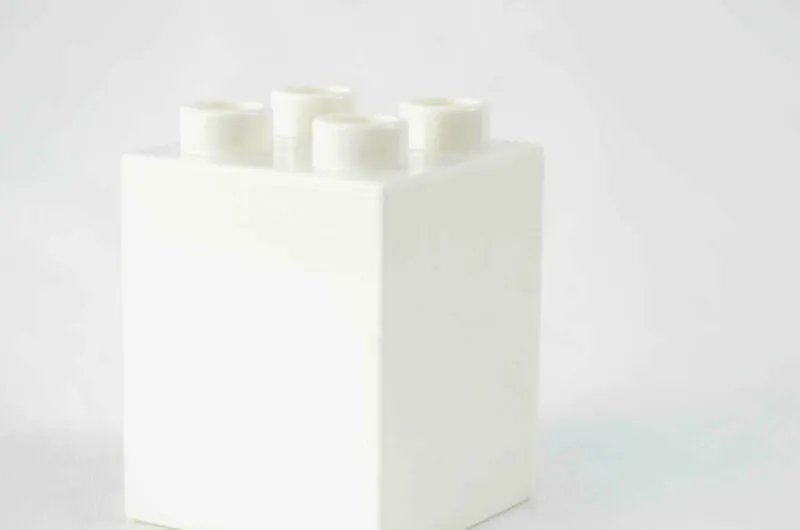Amazing grace - proposed changes to Australia’s designs system
The Designs Act 2003 came into force in Australia in 2004. It was originally intended to be reviewed five years after coming into force. The review was delayed and was eventually commenced by the, now defunct, Advisory Council on Intellectual Property (ACIP) more than 10 years after it came into force.
ACIP published the findings of their review in 2015.
Consideration and implementation of ACIP’s various recommendations by government was, however, stalled by the Productivity Commission’s review of Australia’s IP system. In 2019 it recommenced by consulting with stakeholders on a number of much needed improvements to the Designs Act. The Government’s response to the consultation through IP Australia was published in May 2020. Regrettably, while some proposed changes have been accepted, many of the hoped for changes, including allowing registration of partial designs and virtual and active state designs, will be delayed until a later round of reform of Australian designs law.
Here, we focus on the changes as proposed in the draft bill – the Designs Amendment (Advisory Council on Intellectual Property Response) Bill 2020 as recently published for comment by IP Australia. We expect that an amended version of this bill will come into force in 2021.
Grace period
Currently, the Designs Act 2003 does not provide designers with a general grace period that prevents public disclosures by the designer, or his or her successor in title, from prejudicing a subsequently filed design application. In contrast, the Patents Act 1990 provides patent applicants with a 12 month grace period during which disclosures may be made without affecting the validity of a subsequently filed patent application. This is a source of some confusion for users of Australia’s IP system. A one year grace period is also available for designs in many jurisdictions where Australian designers file for protection, including Canada, Europe, the USA and Japan, although the exact workings of the grace periods differ slightly from country to country.
The good news is that the draft bill proposes to implement a one year grace period for registering designs. That one year grace period will, as was intended by ACIP, protect designers (whether based in Australia or overseas) who through inadvertence or ignorance, publish their design before seeking protection. The grace period is also intended to cover the situation where a designer publishes a first design – the “subject design” and files for a slight variation or improvement of the subject design. While we have some concerns about the current wording of the relevant sections of the draft bill, we certainly agree with the intent - that slight variants in the originally published design should be encompassed by the grace period.
Importantly, the grace period will run from the priority date of an application to register a design. For example, applicants who make an initial public disclosure of a design, then file in the USA within one year from the initial publication, will be able to validly file in Australia claiming priority from their US design application. They could also file directly in Australia, without a priority claim, provided they file within the one year grace period and do not fall foul of two notable exclusions discussed below.
Exclusion (1) Publications of the design by national or international designs offices
Designs published by national or international designs offices will not be eligible for the grace period. This provision is intended to force applicants who first file overseas to rely on the Paris Convention when filing in Australia, rather than on the grace period. Hence the grace period will not apply if a designer first files in Europe, obtains registration and wishes to file in Australia after the six month priority period has passed.
There is no equivalent exclusion for the Australian patents grace period. Indeed, an applicant could have a patent published in their own country, and if that publication is the first publication or use of the invention, still have one year to file a patent application in Australia relying on the grace period. This exclusion adds an unnecessary and undesirable complication to the grace period provisions.
Exclusion (2) Publications by the registrar
Also excluded are publications of earlier Australian registered design applications filed by the designer or successor(s) in title. This is intended to prevent designers using the grace period to extend the term of the design. It would operate to prevent a designer filing for a design, obtaining a registration, and within the one year grace period filing a second design application for the same design or an immaterial variant of it. While the intention of the draft bill is sound, we believe this exclusion in its current form may have unintended adverse consequences for Australia based designers.
Design is an iterative process and often, once a design has been launched, it is not unusual for a revised product to be produced soon after with improvements to the original design. It is difficult even for experienced practitioners to assess the scope of an Australian registered design under section 19 of the Designs Act 2003. Thus, it is difficult to determine if the improved design would be covered by a registration of the original design and whether a further design application is needed for the improved design.
However, if the new product was simply launched in Australia without filing for design protection first, and subsequent improvements are made, a design application could be filed to the improved design without the possibility of such an earlier Australian design application/registration invalidating the application/registration to the improved design. Hence, the grace period with the exception as proposed may act as something of a disincentive to Australian designers from filing for protection early in Australia.
There may be a benefit in delaying filing an application for a registered design until after launch and the product has been tested in the marketplace, and any changes/improvements made to the design. But this would preclude foreign design registration in those countries where there is no grace period.
We are optimistic that some revision of the draft bill can be made that inhibits designers from using the grace period to extend the term of their design registration while allowing designers who improve their design after launch to protect the improved design.
It is to be noted that at 10 years, Australia has one of the shortest maximum terms of design protection of any major jurisdiction. Most countries offer 15 years or more. Therefore, even if a designer was able to use the grace period to obtain an extra year’s design protection, the extended term will still expire years before most corresponding foreign registrations.
Prior user rights
The introduction of the grace period is necessarily accompanied by the introduction of prior user rights to protect a third party who begins using a design after there has been a disclosure of the design but before an application for registration has been filed.
The continuing user rights are in the form of an infringement exemption and any single act done before the application for registration has been filed (“triggering prior use”) that would have been an infringement of the subsequent registration provides the third party with an ongoing right to infringe the design registration. For example, if the triggering prior use was importation of a product before the application was filed, the prior user rights would extend to any act set out in section 71(1) including making, selling, hiring, using and keeping a product embodying the design.
The prior use rights cover slight variations of the design including designs that are substantially similar in overall impression to the registered design. Hence it would appear that once a third party has been acquired prior user rights, they will be able to make slight variations to their original design which gave rise to the triggering prior use without infringing the subsequently filed registration.
According to the explanatory memorandum to the draft bill “the presumption against extraterritoriality” means that the third party’s use of the design has to be in Australia to give rise to the continuing user rights. Relying on this presumption is to introduce unnecessary uncertainty. Rather the draft bill should be amended to make it explicit that there must be an act done in Australia that would infringe the subsequent registration for the prior user rights to vest.
The comprehensive prior user rights should encourage design applicants to file promptly before publication of their design and only rely on the grace period as a safety net when they have to.
Other proposed changes
The draft bill proposes some less significant changes which include:
- the removal of the option of mere publication of a design rather than registration
- the introduction of the right of an exclusive licensee to sue
- changes to the timetable for publication of designs
- clarification of the “standard of the informed user” to make it clear that the standard applied when a person (such as an examiner or Court) compares two designs to assess whether or not they are substantially similar in overall impression is no higher than familiarity and the informed user does not have to be an actual user of the design in question.
IP Australia are currently seeking comments on the draft bill, until 28 August 2020, but only on the unintended consequences of the legislation or issues with the drafting and not on the underlying policy.


